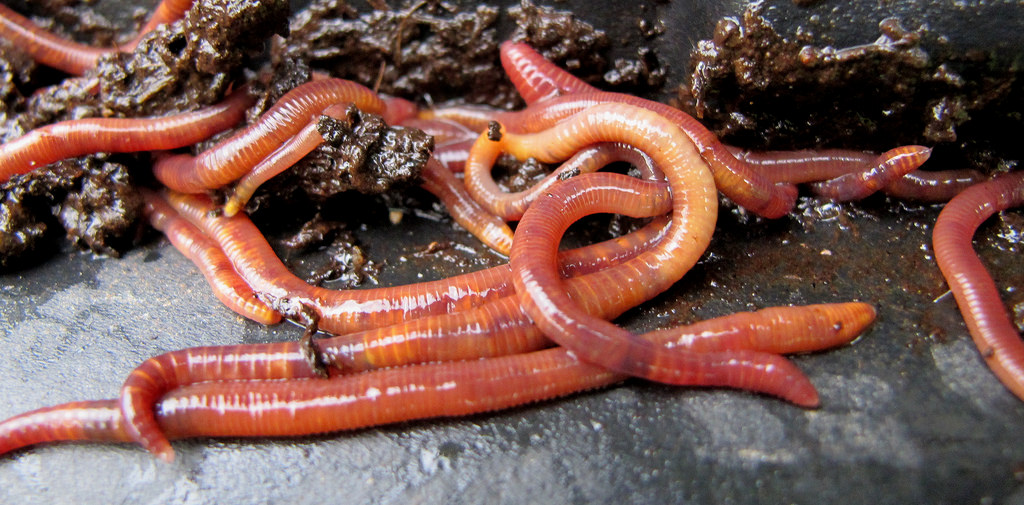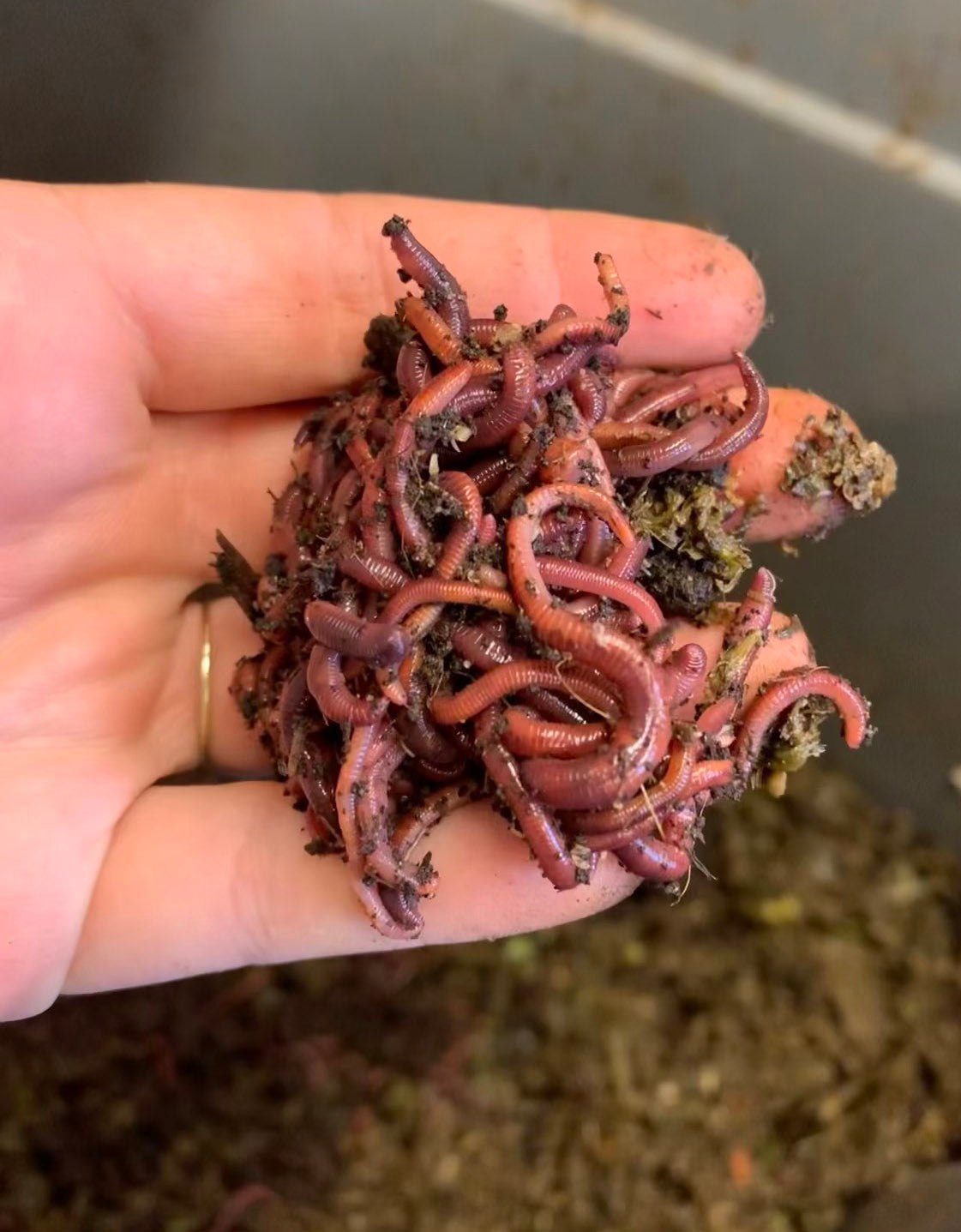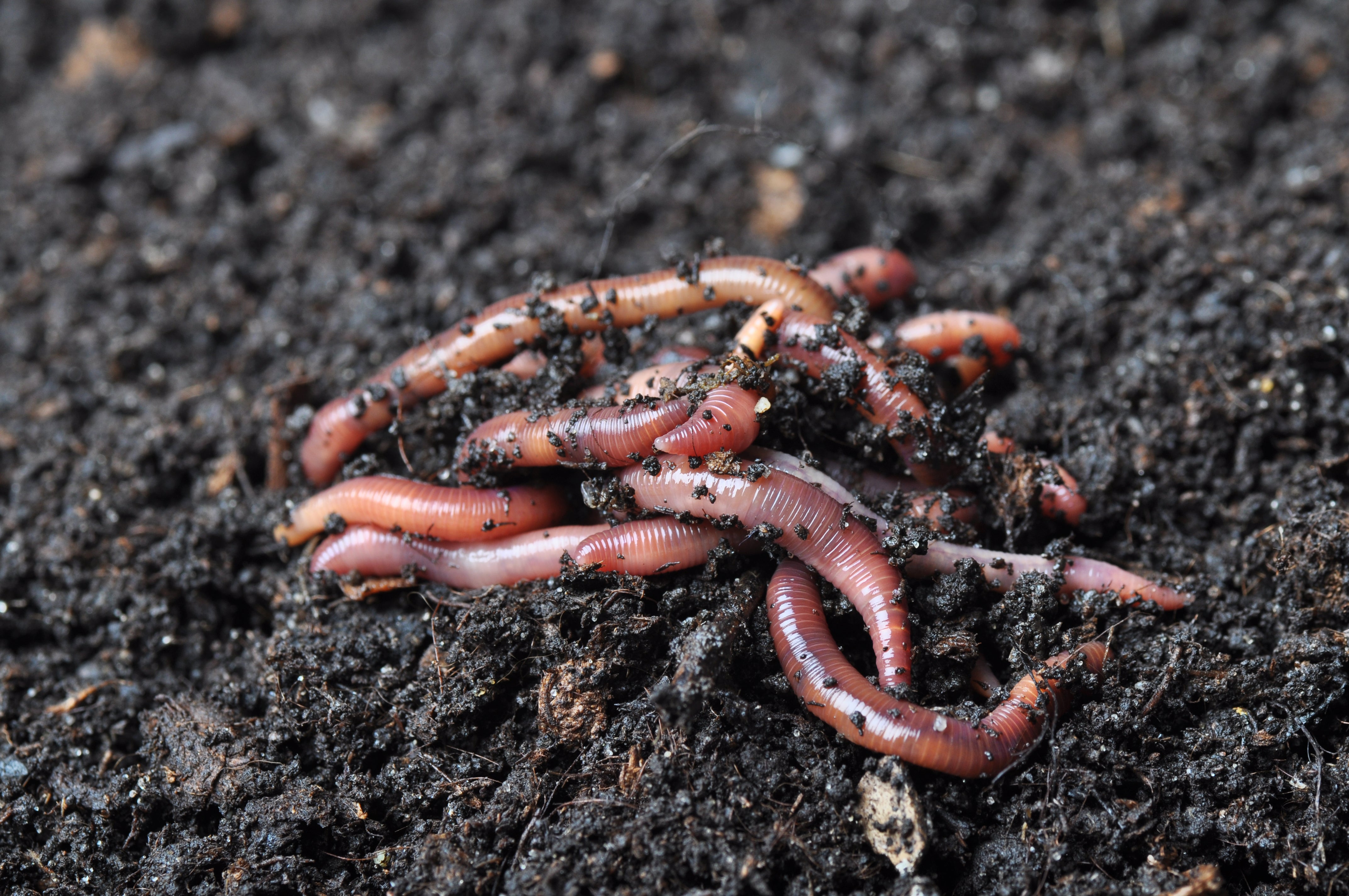Keep Your Lawn Green and Healthy with Expert Tips from Lake Hickory Bait
Keep Your Lawn Green and Healthy with Expert Tips from Lake Hickory Bait
Blog Article
Exactly How Red Wigglers Can Transform Your Composting Experience
The assimilation of red wigglers into composting techniques offers a transformative technique to waste monitoring and soil enrichment. These organisms not just expedite the decay procedure but likewise generate nutrient-dense vermicompost that enhances soil wellness and fertility. Their flexibility to different settings makes them an ideal option for both newbie and knowledgeable composters alike. Nevertheless, recognizing the specific requirements and benefits connected with keeping a growing worm population is vital for optimizing their potential. What methods can one use to make certain a successful vermicomposting experience?
Benefits of Red Wigglers
Red wigglers, clinically referred to as Eisenia fetida, are a foundation of efficient composting systems because of their amazing capacity to decompose natural issue effectively. These worms master transforming cooking area scraps, lawn waste, and other natural materials into nutrient-rich compost, commonly described as worm spreadings. Lake Hickory Bait. This procedure not just lowers landfill waste but additionally adds to sustainable gardening techniques
One of the key benefits of red wigglers is their high reproduction price, enabling them to populate a composting environment promptly. This fast multiplication enhances decay rates, leading to faster garden compost manufacturing. In addition, red wigglers flourish in a varied series of conditions, making them versatile to different composting arrangements.

Establishing Your Worm Container
(Hickory NC Worms For Sale)To produce an effective worm container for composting, careful focus must be offered to its design and setting. An optimal worm container must be built of products that are durable yet permit essential airflow, such as plastic or wood. The dimension of the bin can vary, yet a quantity of roughly 1 square foot per extra pound of worms is a good starting point.
Make certain that the bin has drain openings to stop water accumulation, which can result in anaerobic problems destructive to the worms. Additionally, incorporating ventilation holes will help preserve appropriate moisture degrees and oxygen flow.
Next, it is necessary to offer bed linen for the worms, which can include shredded newspaper, cardboard, or coconut coir. This bedding not only uses an environment for the worms yet additionally help in wetness retention.
Placement the worm container in an area that keeps a temperature series of 55-77 ° F(13-25 ° C) to optimize worm activity. Stay clear of putting the container in straight sunshine or extreme temperature levels. By following these guidelines, you can create a conducive environment for red wigglers, enhancing the performance of your composting process.
What to Feed Your Worms

(Granite Falls NC Worms For Sale)Red wigglers especially delight in soft, moist foods like watermelon rinds, cucumber peels, and banana peels. Nonetheless, it is essential to avoid feeding them citrus fruits, onions, and garlic, as these can be damaging to their well-being. Furthermore, cooked foods, milk items, and meat ought to be purely prevented, as they can result in smells and draw in insects.
To maintain optimum conditions, it's suggested to chop bigger scraps right into smaller items, helping with quicker decomposition. Begin by introducing tiny amounts of food and keep track of the worms' intake rate; readjust appropriately to prevent overfeeding, which can produce an undesirable setting. Offering a constant feeding schedule will certainly aid keep your worm populace thriving while improving the overall performance of your composting initiatives. By understanding what to feed your worms, you prepared for a successful and sustainable composting experience.
Maintaining a Healthy Environment
Developing a flourishing composting atmosphere for red wigglers requires interest to their environment, as it straight affects their wellness and productivity. The suitable environment needs to maintain a balanced wetness level, commonly in between 60-70%. Excessive dampness can lead to anaerobic conditions, while insufficient wetness may dehydrate the worms.

The bed linen product in the compost must vary and shredded, including materials like cardboard, paper, and coconut coir. This not just offers a comfy environment yet also works as a food source. Lake Hickory Bait. Regularly examining for odors or signs of bugs can help recognize prospective problems before they intensify
Last but not least, preserving a balanced pH degree, preferably in between 6 and 7, makes certain a favorable habitat for red wigglers, fostering their capability to procedure raw material successfully. By dealing with these factors, you can produce a lasting and productive composting ecosystem.
Harvesting and Making Use Of Garden Compost
Collecting garden compost from a worm bin is a gratifying procedure that transforms natural waste into nutrient-rich product for yards and plants. When the composting cycle is complete, normally after 8-12 weeks, it's time to collect the vermicompost. The very first step includes dividing the red wigglers from the ended up garden compost. This can be done using techniques such as the "light" approach, where worms are attracted to light and can be scooped away from the leading layers, or by relocating the compost to one side of Recommended Reading the container and adding fresh bed linen to the opposite side, urging the worms to migrate.
When the worms are gotten rid of, the continuing to be garden compost can be sifted to remove any type of bigger fragments or undecomposed product. The last item needs to have a dark, crunchy appearance and an enjoyable natural odor, suggesting that it awaits usage. This abundant compost can be applied directly to garden beds, combined right into potting dirt, or made use of as a top clothing for potted plants. By incorporating vermicompost right into your horticulture techniques, you not just improve dirt fertility however likewise advertise healthy plant growth and sustainable gardening methods.
Conclusion
Integrating red wigglers into composting techniques dramatically boosts the decay procedure and contributes to the manufacturing of nutrient-rich vermicompost. The resulting worm castings improve soil framework, fertility, and microbial activity, ultimately promoting much healthier plant development.
Report this page